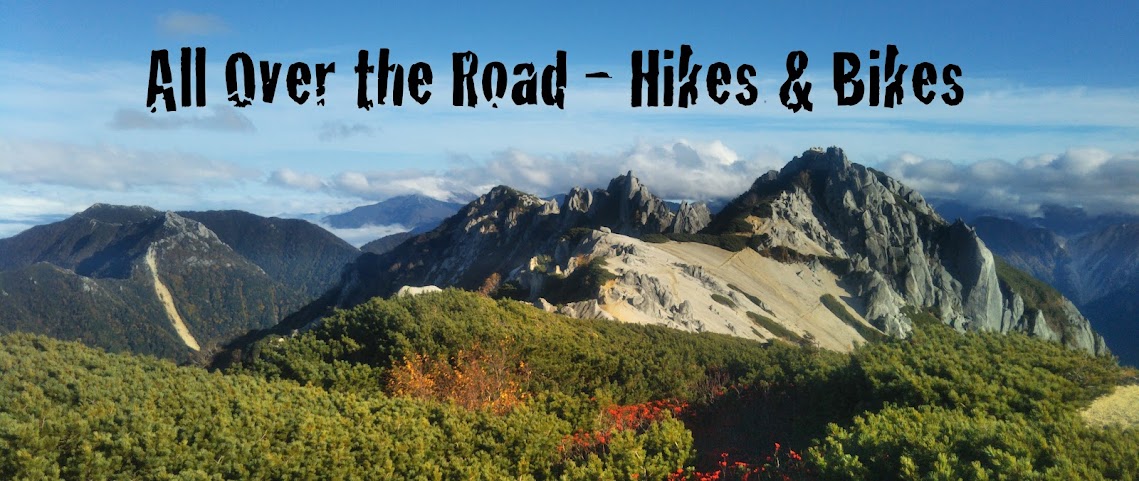Mid-sized Mountain. Dubious Legend. Misplaced Church.
Pop Quiz: Upon hearing the name Slovenia, most people think of:
- Famed Slovene architect Jože Plečnik.
- Maribor’s Žametovka trta, the world’s oldest known grape-producing vine.
- Predjamski grad, the 12th Century castle built right into a karst cave.
- Nothing. Because that’s what most people know about Slovenia.
I too would likely know nothing of this European garden if not for my dear friend Damjan. My wife, wholly incapable of wasting an opportunity to make a new friend, was the one who met him first, on a day tour to a glacier in Iceland in 2001. She'd later tell me about "the guy who keeps sending me travel brochures".
She'd also keep suggesting we visit him in Slovenia someday, and in 2007, thanks to Japan’s generous maternity leave policies, we did. (In this I can claim some credit.)
Lay of the Land
What's in a Name?
The name Uršlja gora refers to (1) a mountain, (2) the town spread thin over the northern slope, and (3) the church near the top of the mountain. It is at once amusing and bewildering that the church Uršlja gora sits on the south side of the summit Uršlja gora, placing it outside the boundaries of the town Uršlja gora. All of it is named after St. Ursula, who comes with her own dose of confusion.
Named for the Latin for ‘Little Bear’, little Ursula is the center of a legend that, like any good legend, is at best scantily-clad in truth. According to the tales told with innumerable differing details, Ursula set sail from her father’s 4th Century domain of Dumnonia (present-day southern England) to go marry the pagan ruler of Brittany (now northwest France). She was, depending on who you believe, accompanied by two virgins, or eleven thousand, or somewhere in between. When her ship was blown off course she did the only logical thing: she walked across Europe and down to Rome to hang with the pope. After tea they set off for Cologne (why not?) and on the way met a band of Huns who did the only thing they knew how and beheaded the lot of them. Naturally, it should follow that a group of Caribbean islands would be named after free-wheeling Ursula, along with this mountain in northern Slovenia, in its own right a challenge to get straight.
This area of Slovenia – all of Slovenia, pretty much – was for a time a part of the Austro-Hungarian Empire. Home to both German and Slovene speakers, many places had and still have, after more than a century since the Slovenes broke form their white-wigged oppressors, both Slovene and German names. Thus Uršlja gora is also known by its German name, Ursulaberg. To round out the mess, the mountain is also referred to Plešivec, meaning 'the bald one' - which could just as well mean Damjan.
The Hike
1,699-meter Uršlja gora ranks just thirty-fourth on the list of Slovenia's highest peaks. It is almost a full hundred meters shorter than number thirty-three, a mountain called Snežnik. ("Na zdravje.") The modest vertical and the attendant short trail translates into an easy three-hour ascent.
As you approach the upper reaches the forest falls away, leaving you to gaze across at a good number of Slovenia's thirty-odd other taller peaks.
The Church of St. Ursula seems quite out of place up near the summit. It's hard enough to get people to go to Sunday Mass at the cathedral in downtown Ljubljana.
The actual high point of the summit is also marked with a sign of God.
As if there weren't enough reminders around.






















No comments:
Post a Comment